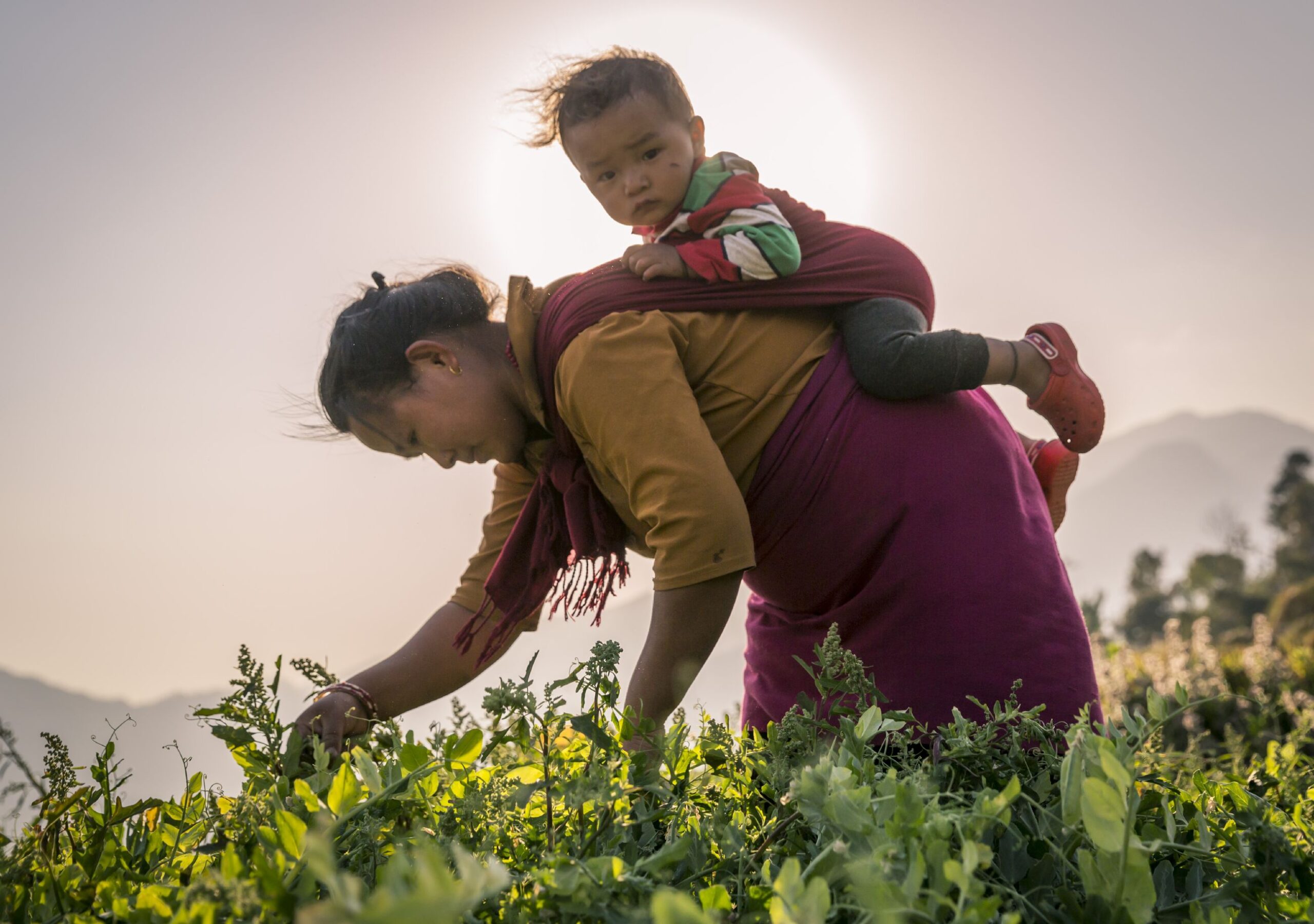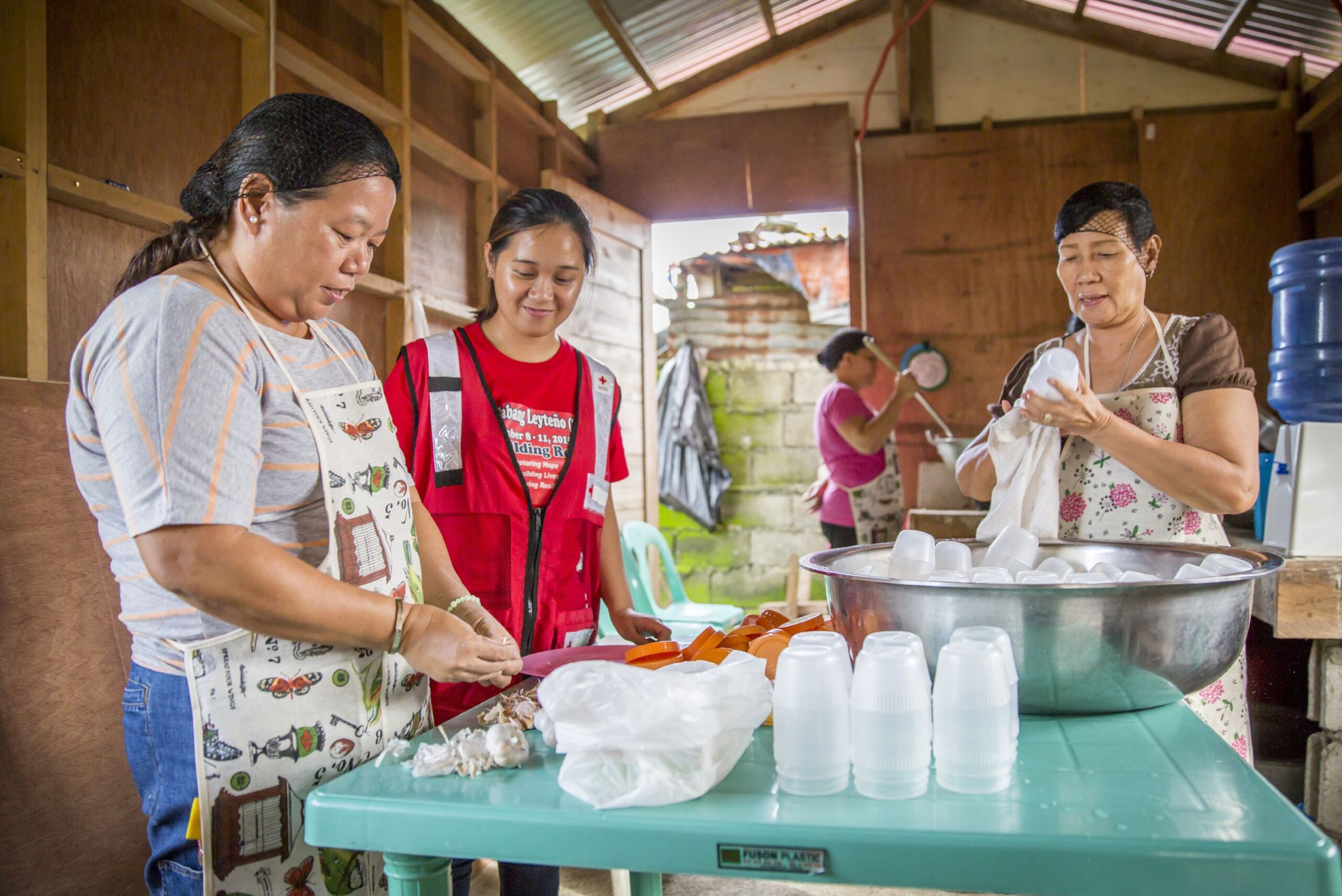Livelihoods and Food Security
Livelihoods and food security are integral to disaster risk reduction and resilience. Disasters and crises can severely impact people's livelihoods and food security by destroying assets, disrupting production and supply chains, reducing incomes, and depleting savings. This, in turn, increases people’s socio-economic vulnerability and hinders recovery, making it more difficult to cope with future shocks. Conversely, strengthening livelihoods and ensuring food security are crucial for building resilience against disasters.

Understanding Livelihoods
Livelihood, in essence, refers to the means by which people make a living. It encompasses the capabilities, assets, and activities required for individuals to secure their basic necessities and sustain their income. This concept extends beyond mere employment to include a diverse array of strategies, such as formal employment, agricultural pursuits, natural resource-based activities, skilled craftsmanship, and informal sector work.
Sustainable livelihoods focus on long-term well-being, environmental stewardship, and resilience. They emphasize maintaining economic stability over time while safeguarding natural resources for future generations. A key aspect is the ability to withstand and recover from shocks and stresses, such as economic downturns or environmental disasters, without depleting essential assets or exacerbating vulnerabilities.
For example, a farmer's livelihood depends not only on agricultural practices but also on access to land and water, availability of inputs, market opportunities, social support networks, and climate conditions. This complex interplay of factors illustrates the multifaceted nature of livelihoods and the need for comprehensive support strategies.
Understanding the complexities of livelihoods is crucial for enhancing community resilience, maximizing opportunities for sustainable development, developing effective poverty alleviation strategies, and designing targeted interventions during crises. To promote holistic approaches to livelihood development, it's essential to recognize the dynamic interactions between individuals, households, broader socio-economic contexts, and environmental factors.

Understanding Food Security
Food security exists when all people, at all times, have physical, social and economic access to sufficient, safe and nutritious food which meets their dietary needs and preferences for an active and healthy life. This concept, as defined by the 1996 World Food Summit, comprises four key dimensions:
- Food Availability: The physical presence of food through production, processing, and distribution. This includes domestic production, imports, and food stocks. Availability can be affected by factors such as crop failures, trade restrictions, or supply chain disruptions.
- Food Access: The ability of individuals to obtain available food. This depends on purchasing power, market functionality, and social support systems. Economic downturns, conflicts, or the collapse of safety nets can severely impact food access.
- Food Utilization: The way bodies make use of the nutrients in food. This encompasses food quality, preparation methods, dietary diversity, and health status. Proper utilization can be hindered by factors such as poor sanitation, lack of nutritional knowledge, or cultural practices.
- Stability: The consistent availability, access, and utilization of food over time. This dimension addresses the resilience of food systems against sudden shocks (e.g., economic crises, natural disasters, political instability) and cyclical events (e.g., seasonal food scarcity).
Achieving food security requires addressing all four dimensions simultaneously. It involves not only increasing food production but also ensuring equitable distribution, promoting proper nutrition, and building resilient food systems. By addressing these dimensions holistically, communities and nations can better safeguard the well-being of their populations, even in the face of challenges and disruptions.
Global food security assessment guidelines
A step-by-step guide for RCRC National Societies to conduct initial food security assessments in both rural and urban settings.
Livelihoods support in disaster risk reduction and response
Food security and livelihoods support play critical roles in both emergency response and long-term community resilience. Livelihood support interventions are designed to assist individuals and communities affected by disasters and conflicts, enabling them to sustain and rebuild their means of living. These tailored interventions address various contexts, including sudden-onset disasters (such as earthquakes and floods), slow-onset crises (like droughts), and complex emergencies characterized by both natural disasters and conflict. Livelihood support programs can address needs at various stages of disaster cycle.
Disaster risk reduction strategies also play a crucial role in bolstering livelihoods, food security, and resilience. These strategies include diversifying income sources, promoting disaster-resilient agricultural practices, enhancing early warning systems and preparedness, providing social protection programs, and supporting post-disaster livelihood recovery.
In the aftermath of a crisis, livelihood support programs focus on urgent needs, reducing suffering, and saving lives and livelihoods. Relief aid ensures access to essential resources and services, while safeguarding household and community assets from further damage.
As recovery efforts progress, programs transition toward empowering affected individuals. This involves regaining control over their lives, recovering lost assets, and mitigating risks associated with vulnerability (e.g., risky behaviors or environmental degradation). Livelihoods programs aim to restore normalcy and promote sustainable development by strengthening economic resilience.
In the long term, these programs enhance household and community assets. They improve production and business practices and foster market-oriented skills and capacities. By supporting vulnerable households to rebuild and diversify their livelihoods, these initiatives contribute to revitalizing local economies. Typically, reinforcing existing activities is more successful than introducing new ones.
By implementing comprehensive livelihood support programs, organizations contribute to the overall well-being and long-term resilience of disaster-affected populations, fostering sustainable development and economic stability.


